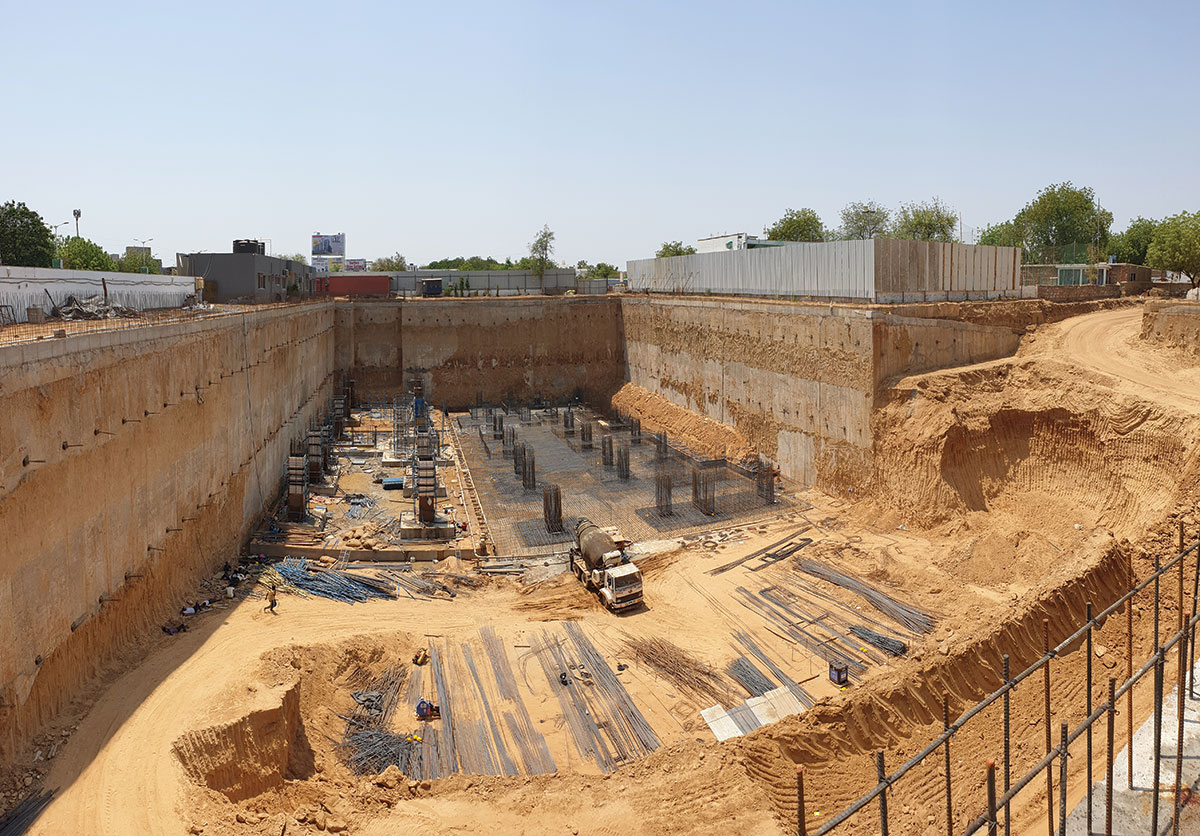
Introduction
Diaphragm wall construction, also known as D Wall Construction, is a crucial technique in modern engineering, used for deep excavation and foundation projects. This method ensures structural stability, groundwater control, and soil retention in underground structures such as basements, tunnels, and metro stations. The process involves specialized equipment like Diaphragm Wall Grabs and Diaphragm Wall Grab Machines to achieve precision and efficiency. In this blog, we will discuss the step-by-step process of implementing a diaphragm wall, key equipment used, and its benefits.
What is a Diaphragm Wall?
A d wall construction is a reinforced concrete wall constructed deep into the ground to support large structures and prevent soil collapse. It is widely used in urban areas where space is limited and deep excavation is required.
Steps to Implement a Diaphragm Wall
Implementing a diaphragm wall involves multiple steps, from planning to execution. Here’s a step-by-step guide:
1. Site Investigation and Planning
Conduct a geotechnical survey to analyze soil conditions.
Plan the layout and depth of the diaphragm wall based on project requirements.
Ensure proper safety measures and environmental considerations.
2. Guide Wall Construction
Build a shallow guide wall along the planned diaphragm wall alignment.
The guide wall helps in accurate excavation and provides stability to trench walls.
3. Excavation Using Diaphragm Wall Grabs
Excavation is carried out using Diaphragm Wall Grabs or Diaphragm Wall Grab Machines.
The trench is excavated in panels, typically 2.5m to 7m in length.
Excavation depth depends on the project, typically ranging from 10m to 50m.
Bentonite or polymer slurry is used to support the trench and prevent soil collapse.
4. Reinforcement Cage Placement
Steel reinforcement cages are prefabricated according to design specifications.
The cage is carefully lowered into the excavated trench using cranes.
5. Concreting Using the Tremie Method
Concrete is poured through tremie pipes to displace the slurry and form the wall.
The process is done in a controlled manner to ensure uniform concrete placement.
Excess slurry is removed and recycled for further use.
6. Panel-to-Panel Construction
The diaphragm wall is constructed in sequential panels.
Each new panel is carefully connected to the previous one for structural continuity.
Joints between panels are sealed to prevent leakage.
Equipment Used in Diaphragm Wall Construction
Several specialized machines and tools are used for implementing a diaphragm wall efficiently:
- Diaphragm Wall Grabs: Used for precise trench excavation
- Diaphragm Wall Grab Machines: Advanced hydraulic or mechanical grab machines used for deep excavation.
- Reinforcement Cages: Provide strength and stability to the wall.
- Tremie Pipes: Ensure proper concrete placement under slurry conditions.
- Bentonite or Polymer Slurry Systems: Maintain trench stability during excavation.
Advantages of Diaphragm Wall Constructionsss
- High Structural Stability: Provides excellent support for deep excavations.
- Effective Groundwater Control: Acts as a water barrier, preventing seepage.
- Minimal Soil Displacement: Reduces settlement and impact on surrounding structures.
- Versatility: Used in diverse projects like basements, tunnels, metro stations, and bridges.
- Eco-friendly: Efficient construction methods minimize environmental impact.
Applications of Diaphragm Walls
- Diaphragm walls are widely used in:
- Underground metro and subway systems.
- Deep basements for commercial and residential buildings.
- Bridge and dam foundation projects.
- Underground parking structures and tunnels.
Conclusion
Implementing a diaphragm wall requires careful planning, advanced equipment like Diaphragm Wall Grabs and Diaphragm Wall Grab Machines, and precise execution. This construction method ensures stability, durability, and efficiency in deep excavation projects. Whether for metro stations, basements, or tunnels, diaphragm walls play a crucial role in modern infrastructure development. If you need expert guidance and professional construction services, consult with industry specialists today!